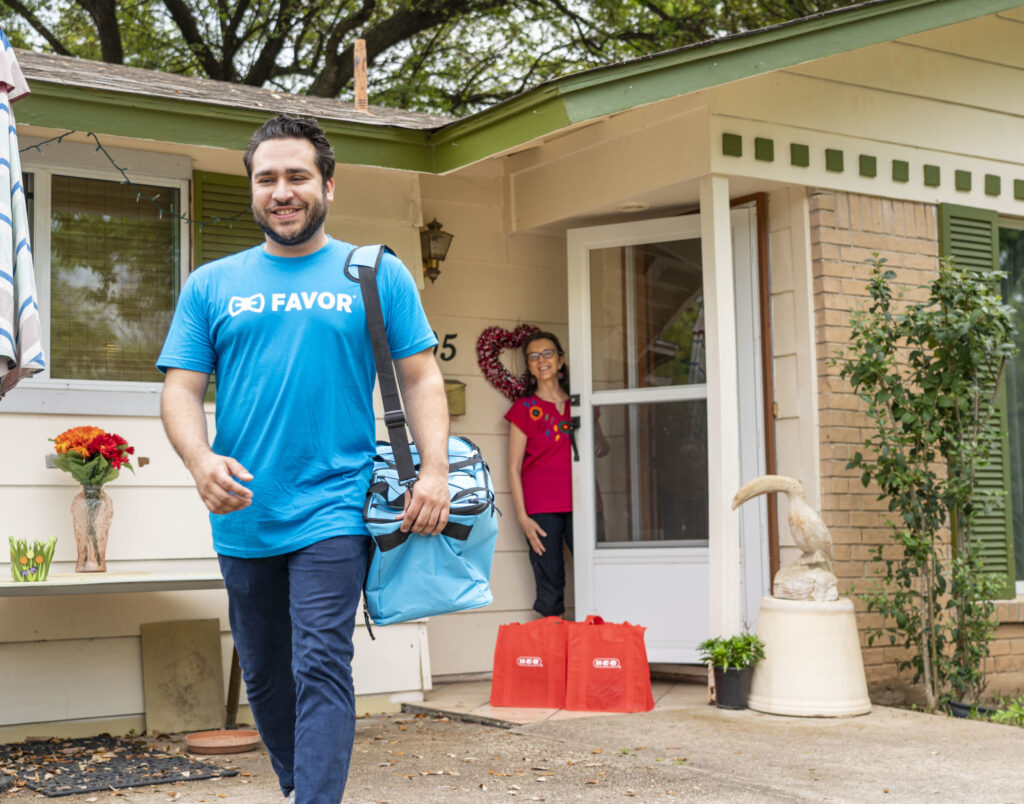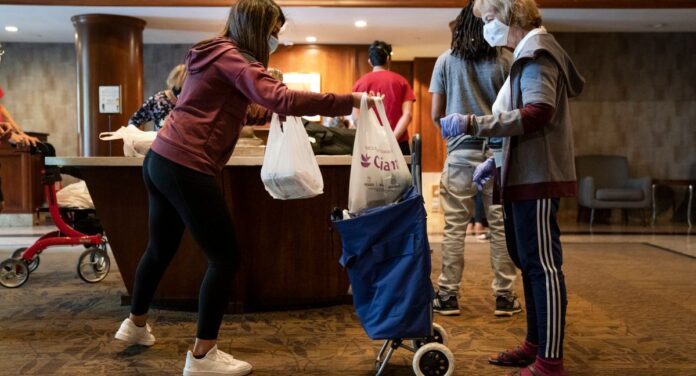Overview:
The pandemic brought more seniors online. Now grocers are figuring out how to retain their digital spending. “Those over 65 are going to represent a larger share of the overall market from a consumer spending perspective. If we want to win in five years, we need to figure out how we can do a better job serving that portion of the market.”
Designing with accessibility in mind
To better understand how seniors use online shopping, Bishop recently turned to a familiar source: his mother, who is in her 70s. Last March, Bishop began observing her while she shopped, filming her as she placed an order for more than 20 items on Instacart. David Bishop, the partner at Brick Meets Click, said there’s a growing urgency among tech-facing retailers to serve seniors because of the demographic’s size and focusing on compliance with the Americans with Disabilities Act (ADA), which requires retailers to meet certain levels of accessibility. “The senior consumer, [ages] 65 and older, is growing at a rate almost three times that of the rest of the population … Those over 65 are going to represent a larger share of the overall market from a consumer spending perspective,” Bishop said. “If we want to win in five years, we need to figure out how we can do a better job serving that portion of the market.”
In a UX case study, Megha Goyal, a product designer for GoFood, an instant food delivery service under Indonesia-based Gojek, designed an e-commerce grocery product geared toward people ages 55-60, looking to solve three main challenges: vision, motor control, and cognition. To boost the visibility of relevant buttons, Goyal added icons to the “Cart” and “Search” buttons and spelled out “MENU” instead of using the hamburger menu icon. The display interface included both regular and large display size options. Additionally, Goyal included a scroll bar on the right side for users who might not be as familiar or comfortable with the scrolling gesture on touchscreen devices. Online grocery shopping has also opened up avenues to support budget-conscious seniors. Grocers can consider creating deals targeting certain age demographics. For example, Local Express offers retailers the ability to create special departments stocked with essential items for seniors as well as special discounts targeted to them.

Senior support solutions
Texas grocer H-E-B and its on-demand delivery service Favor debuted a Senior Support phone line that allows shoppers ages 60 and older that live within eight miles of an H-E-B store to place same-day orders, along with a curated list of grocery essentials that’s available to order over the phone and online. With the curated list, customers can select items like milk, eggs, and bread and add up to 25 custom items per order. To help seniors who want to place online orders, Favor has a YouTube video showing how to place an order. While it’s unclear how many people might use video tutorials, Bishop said they could help demystify the online shopping experience, along with well-written FAQs.
Instacart launched its own Senior Support Service in late 2020 for people over the age of 60 in the U.S. and Canada. By offering phone service, Instacart said that support staff and customers are able to have longer and more in-depth conversations, noting shortly after its launch that contacts with the Senior Support Service lasted on average 20% longer than traditional customer service contacts. The service aims to replicate the personalized, high-touch assistance seniors would get from friends or family, a spokesperson said.

Analysis:
In this article, they go over the Americans With Disability Act and how the requirements play a major part in redesigning the grocery experience for older users. I found it an interesting study done to redesign a grocery app that accommodates the elderly’s and takes time to care for their basic needs. This article displays the importance of redesigning better systems for the older community to keep better profits and create more personalized support and experiences for these older users. The article helps me imagine how a system could be placed inside the car to help these older users create a plan or discuss it with a fulfillment worker before they enter the store to reduce frustration for these users and give back their confidence.




